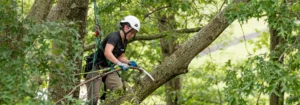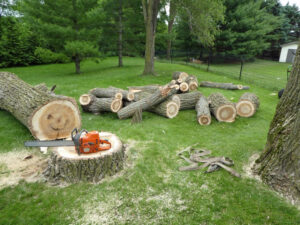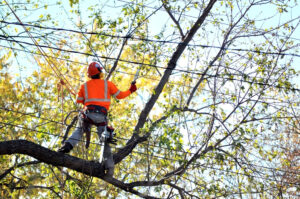How to Keep Your Trees Safe: Tips for Preventing Tree Emergencies
Trees add beauty and value to our properties, providing shade and improving air quality. However, they can also pose serious risks if not properly maintained. Tree emergencies, such as falling branches or uprooted trees, can cause significant damage to property and even harm people. Taking preventative measures is essential to keep your trees healthy and safe. This guide will provide you with practical tips to prevent tree emergencies and ensure your trees remain a valuable asset.
Common Causes of Tree Emergencies
Understanding the common causes of tree emergencies can help you take the necessary steps to prevent them. Several factors can contribute to tree emergencies, including:
- Extreme Weather Conditions: Severe weather, such as storms, heavy winds, and ice, can cause significant damage to trees. High winds can break branches or uproot entire trees. Heavy snowfall or ice accumulation can add weight, causing branches to snap.
- Incorrect Tree Placement: Planting trees in the wrong location can lead to emergencies. Trees planted too close to structures, power lines, or other trees can become hazards as they grow. Root systems can also cause damage to sidewalks, driveways, and foundations if not properly considered.
- Lack of Proper Maintenance: Trees require regular care to remain healthy and strong. Neglecting maintenance, such as pruning, trimming, and inspections, can weaken trees and make them more susceptible to damage. Dead or diseased branches can fall unexpectedly, posing risks to property and people.
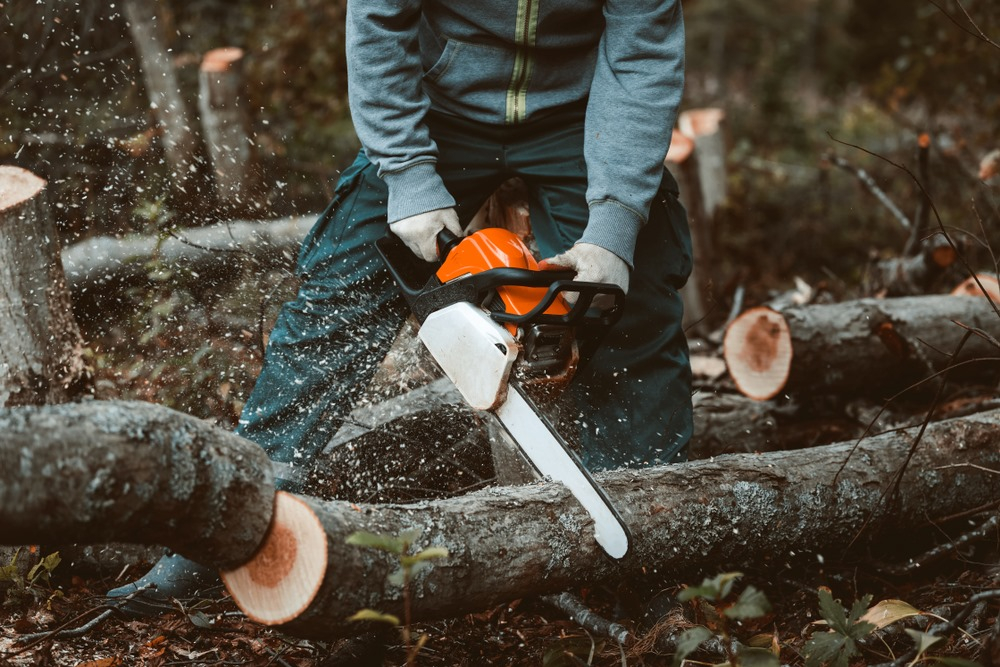
Tips for Preventing Tree Emergencies
Preventing tree emergencies involves regular care and attention. By following these tips, you can keep your trees healthy and reduce the risk of emergencies.
- Regular Tree Maintenance and Inspections: Regular maintenance and inspections are crucial for preventing tree emergencies. Schedule professional inspections at least once a year to identify and address potential issues. Look for signs of disease, pest infestations, and structural weaknesses. Early detection can prevent small problems from becoming major emergencies.
- Proper Planting and Placement: Proper planting and placement of trees can prevent many issues down the line. Choose the right species for your area and consider the mature size of the tree. Plant trees at a safe distance from structures, power lines, and other trees. Ensure there is enough space for the root system to grow without causing damage.
- Pruning and Trimming: Regular pruning and trimming are essential for maintaining tree health and safety. Remove dead, diseased, or weak branches to prevent them from falling. Proper pruning techniques can also encourage strong growth and improve the tree’s structure. Hire a professional arborist for large or high branches to ensure safety and effectiveness.
- Addressing Pest and Disease Issues: Pests and diseases can weaken trees and make them more susceptible to damage. Regularly inspect your trees for signs of infections. Common pests include beetles, aphids, and caterpillars, while diseases can include blight, canker, and root rot. Treat infestations and diseases promptly with appropriate measures, such as insecticides, fungicides, or professional treatment.
The Role of Weather in Tree Emergencies and How to Prepare
Weather plays a significant role in tree emergencies. Understanding how to prepare for extreme weather can help protect your trees and property.
- Preparing for Storms: Before storm season, inspect your trees for any weak or damaged branches. Prune these branches to reduce the risk of them breaking during a storm. Consider cabling or bracing weak limbs to provide additional support. Ensure your trees are well-watered and healthy, as stressed trees are more vulnerable to damage.
- Winter Preparation: Winter can be particularly harsh on trees. Heavy snow and ice can cause branches to break under the weight. To prepare, remove any dead or weak branches before winter. Wrap the trunks of young trees to protect them from frost and animals. Apply mulch around the base of trees to insulate the roots and retain moisture.
- Monitoring Weather Conditions: Stay informed about upcoming weather conditions. If a severe storm is forecasted, take additional precautions, such as securing outdoor furniture and parking vehicles away from large trees. After a storm, inspect your trees for damage and address any issues immediately.
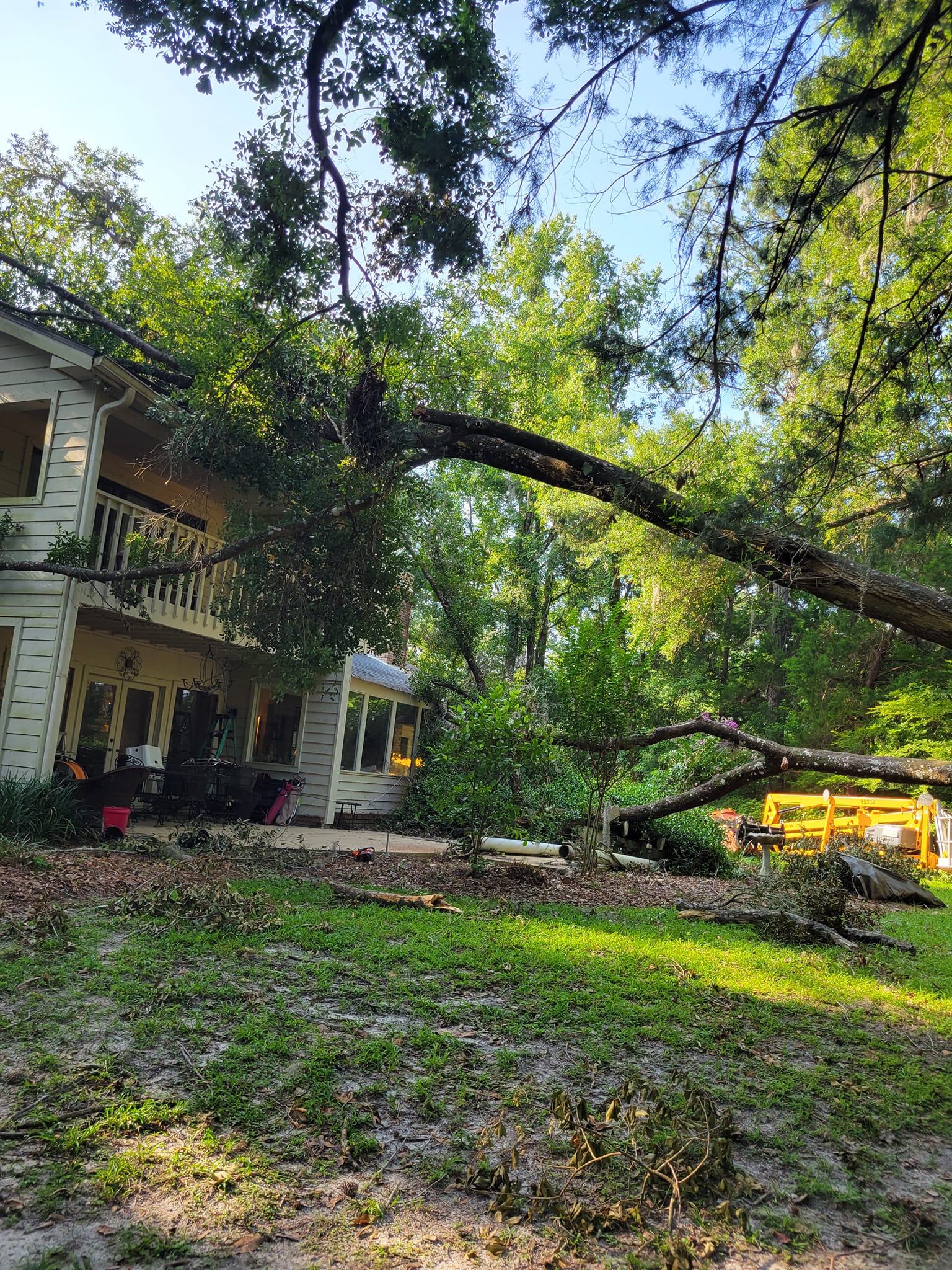
How to Handle Potential Emergencies Before They Happen
Being prepared for potential tree emergencies near me can reduce damage and ensure safety. Here are some steps to take before an emergency occurs:
- Have a Plan in Place: Develop an emergency plan that includes steps to take if a tree emergency occurs. Identify safe areas to stay during a storm and ensure everyone in your household knows the plan. Keep emergency contact numbers for tree care professionals and utility companies readily available.
- Know When to Seek Professional Help: If you notice signs of potential tree emergencies, such as large cracks in the trunk or branches, leaning trees, or extensive pest damage, seek professional help immediately. An arborist can assess the situation and recommend appropriate actions to prevent an emergency.
- Regularly Review and Update Your Plan: Review and update your emergency plan regularly. As your trees grow and change, your plan may need adjustments. Stay informed about best practices for tree care and incorporate new information into your plan.
Conclusion
Preventing tree emergencies requires regular care, attention, and preparation. By following the tips outlined in this guide, you can keep your trees healthy and reduce the risk of emergencies.
- Stay informed about the health of your trees. Regular inspections can catch problems early.
- Take preventative measures, such as proper planting, pruning, and pest control, to maintain tree health.
- Prepare for extreme weather conditions by taking appropriate actions before and after storms.
- Have an emergency plan in place and know when to seek professional help.
In conclusion, by taking proactive steps and following these tips, you can enjoy the beauty and benefits of trees without worrying about potential emergencies. With proper care and maintenance, your trees can remain a valuable and safe part of your property.
Tree Trimming Richmond
(804) 533-3943
https://treetrimmingrichmond.com/

